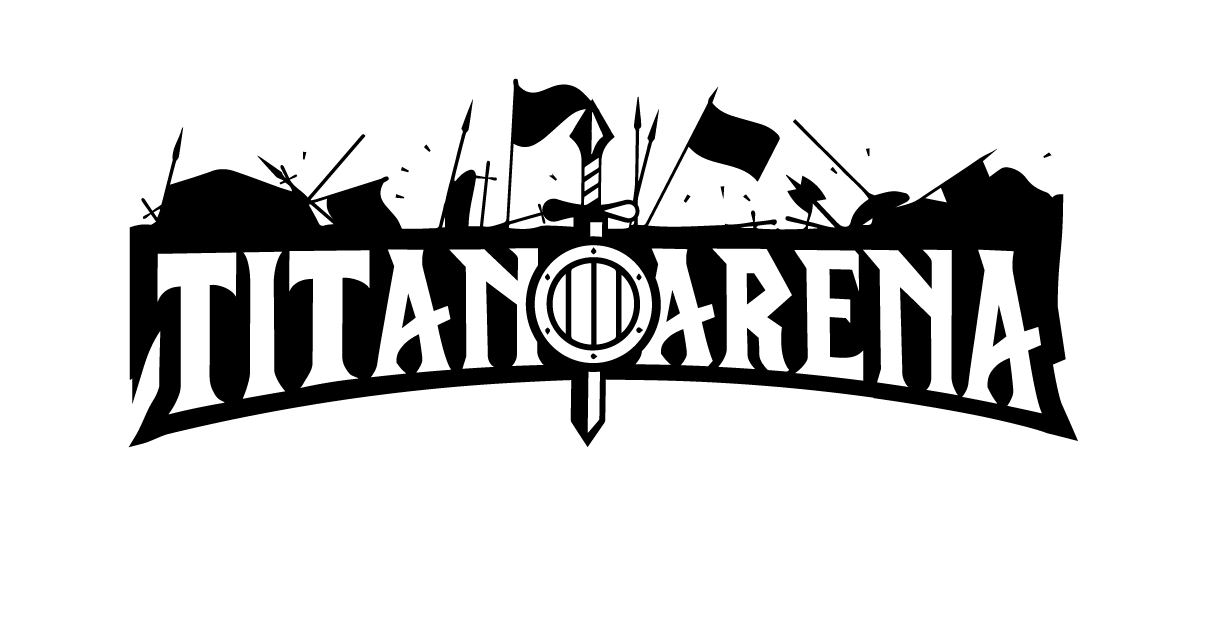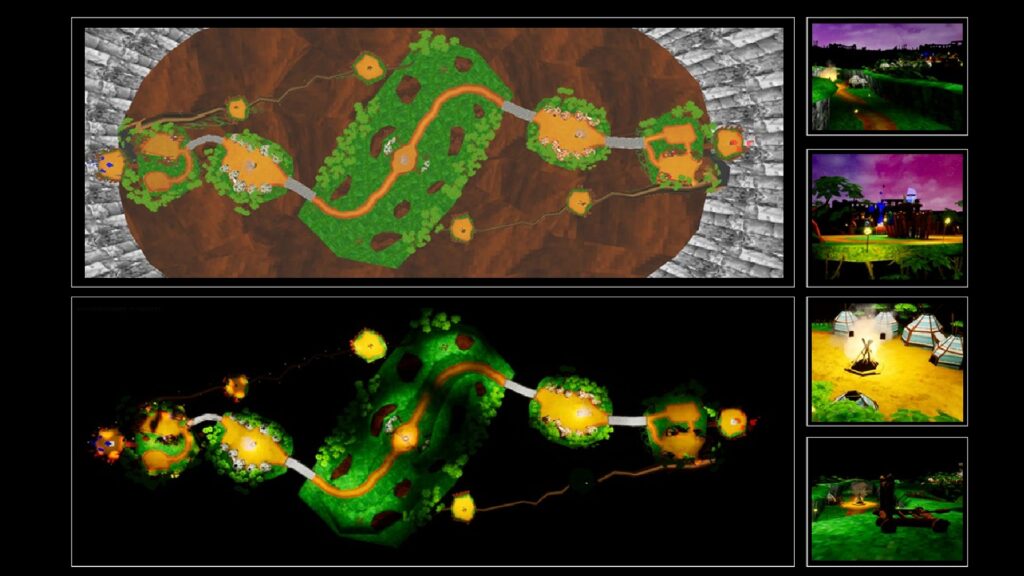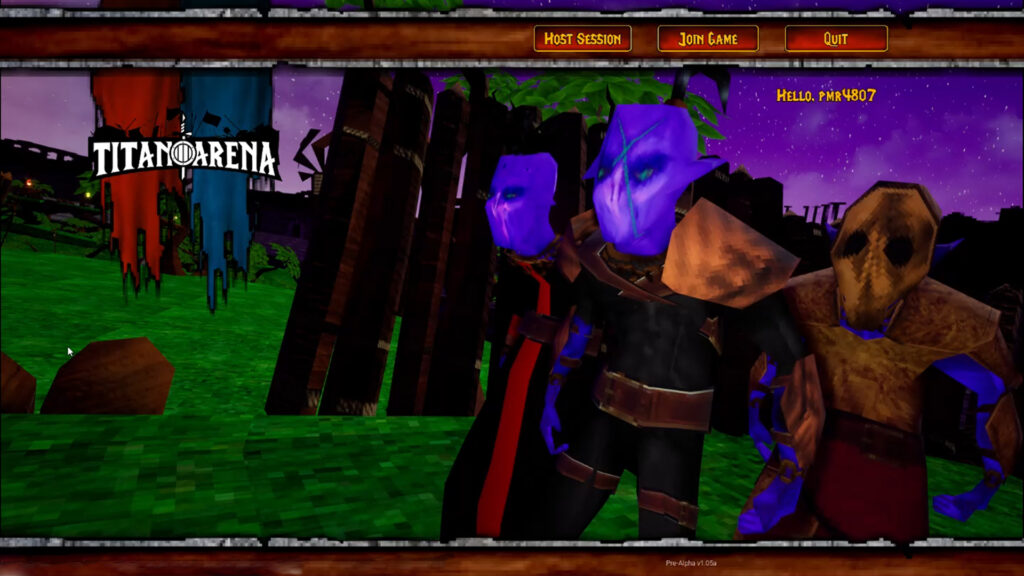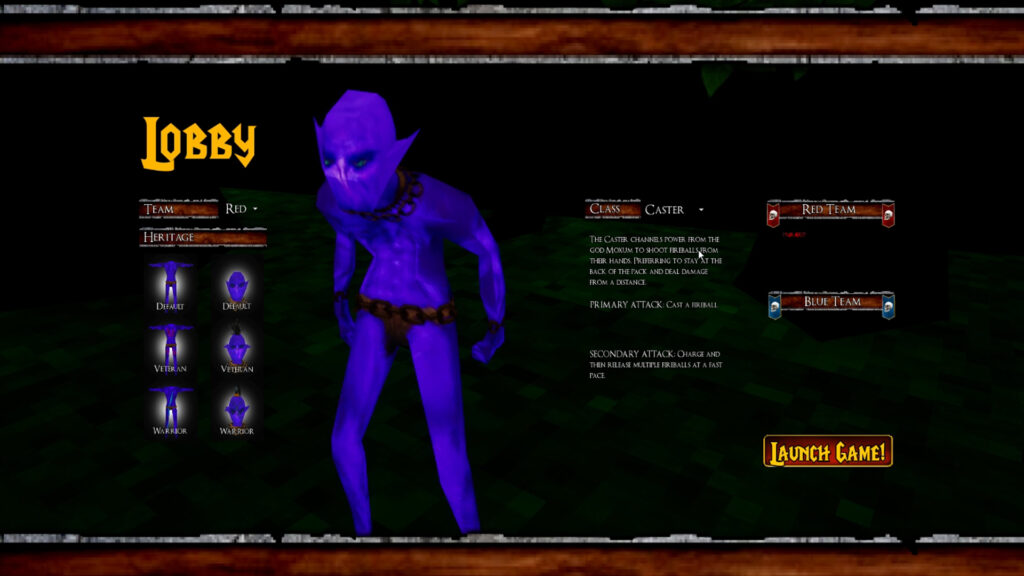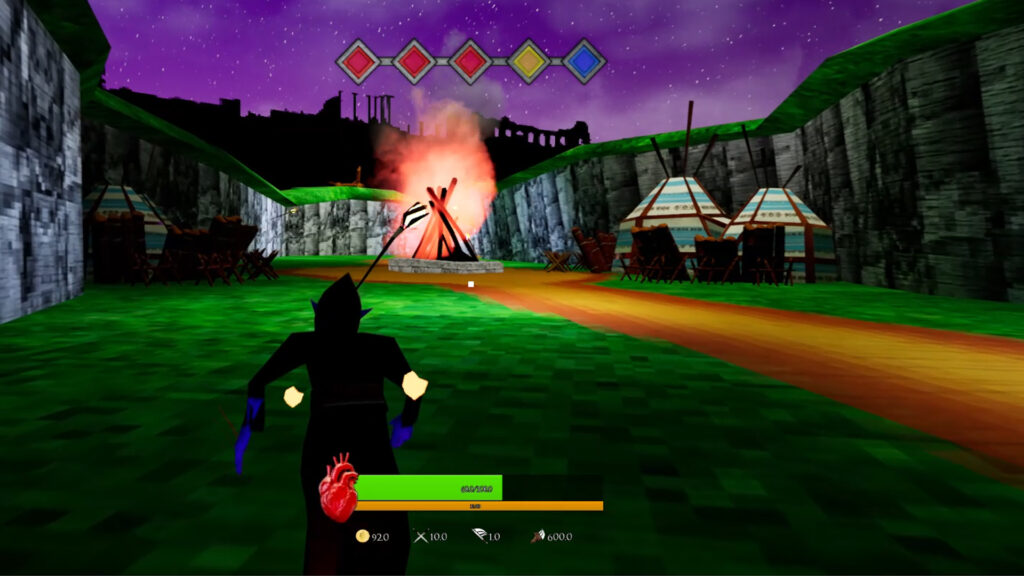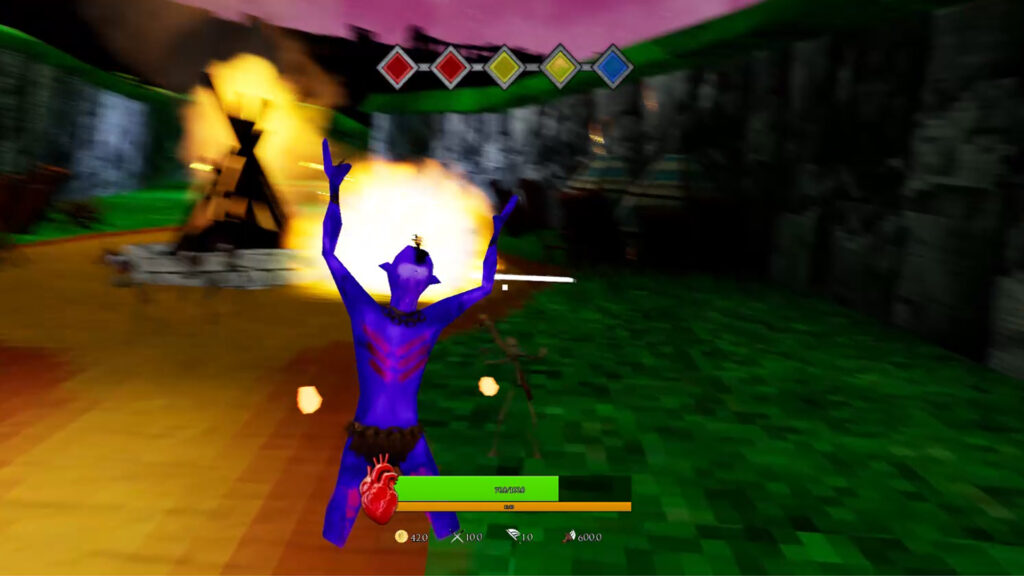Developer: James Wilburn | VECTOR_interactive
Released: TBC
Contact: vectorcreativeltd@gmail.com
Titan Arena is the result of a third year University exegesis that focused on multiplayer mechanics and replayability.
The developer set out with the intention of analyzing, explaining and molding popular ‘esports era’ game mechanics together and produce a unique spin on highly replayable experiences.
About
Titan Arena’s primary objective was to analyse popular esports game platforms and experiment with the core mechanics, smashing them together to an extent where by they formed an team based, competitive gaming experience that would lay the platform for repetitive play.
Gameplay Inspirations.
The Foundation:
The developer wrote an exegesis that discussed the reasoning behind the design decisions for Titan Arena. These mechanics were based off of:
- The ‘three laned map design’, found in MOBA games like ‘DOTA’.
- The ‘Conquest’ mechanics found in classic games like ‘Battlefield’.
- The ‘Third Person twitch controls’ found in games like ‘Fortnite’.
- The ‘Character Item Upgrade’ systems found in the ‘Rust’ tech tree.
The Twist:
The driving questions behind Titan Arena were
- What makes repetitive gameplay interesting?
- What mechanics age better than others, when being constantly undertaken?
- How is multiplayer play influenced by the previously chosen mechanics?
Titan Area was flush with ambition as everything, other than music, was factored into a three month production plan. This also included research/documentation on top of development and testing. This limited timeframe proved to be challenging, but ultimately achievable in that the end product contained reasoned answers to the initial brief, as well as a fully design, playable and scalable game with the aforementioned features working together in synchronicity.
Features
Three Lane Play
The three lane play of MOBA games presents opportunities for play, especially when you consider them in a more arterial role.
Tradition MOBAS will have these three lanes of play which are traversable at three points of the map. The base ends and in the middle.

The example above, shows the left(red), black (middle) and right (blue) and how they interlink. Titan Arena treats the left and right lanes as half arterials, serving as a preventative measure for bottlenecked play, rather than bi-directionally accessed pathways.

The players are able to use these paths defensively, to quickly access their own sides of the map.
The three lane system is also shrunken to a central section of the map that then allows for flanking routes to be opened when necessary.
Conquest Mechanics
One of the primary objectives of Titan Arena is to battle your way through the map and destroy the enemy home crystal. This presented some problems in testing as players would often shy away from the active areas and sneak their way to the enemies camp – destroying the crystal quite early in the game.
To promote team play over individual players, a node system was put into place that would render a teams crystal ‘vulnerable’ in the event of them losing control.

This system also served as sensible way to implement ‘AI mobs’. These ‘mobs’ would spawn at each teams camp and run along this node system, attacking enemy players and capturing flags as they went.
These ‘mobs’ are spawned with upgrades, depending on how many flags their team possess.
Player Controller
The player controller in Titan Arena is quick and responsive. To be competitive, the player needed to have full control over their character and not feel hindered by movement/rotational/attack speeds. The player is given two types of attacks; Light and Heavy. The light attacks are quickfire and don’t cause much damage, the heavy attacks require a charge and do more damage.
Further to this, the player is able to pick one of three classes to play, each with a different playstyle and upgrade tree.
Scout
The scout is a light melee class which confuses enemies by quick movements.
Light Attack: Dual dagger stab.
Charged Attack: Teleport.
Caster
The caster is a light ranged class which acts as a support role, by harnessing the elements.
Light Attack: Fireball.
Charged Attack: Flame Burst.
Warrior
The warrior is a heavy melee class which acts as an offensive class.
Light Attack: Swipe.
Charged Attack: Flame Burst.

